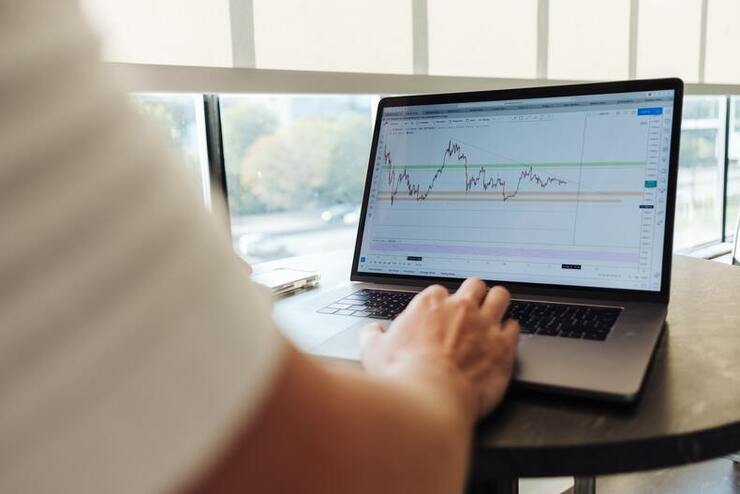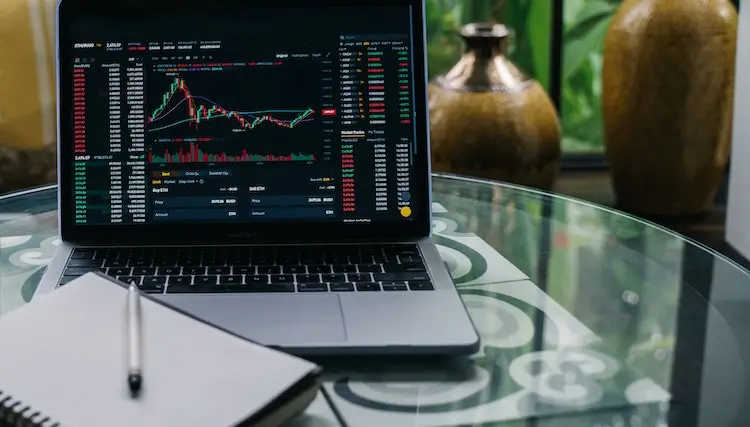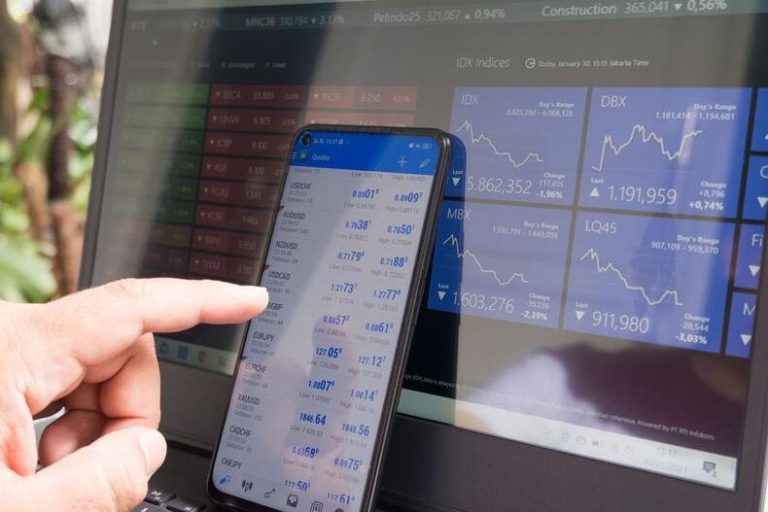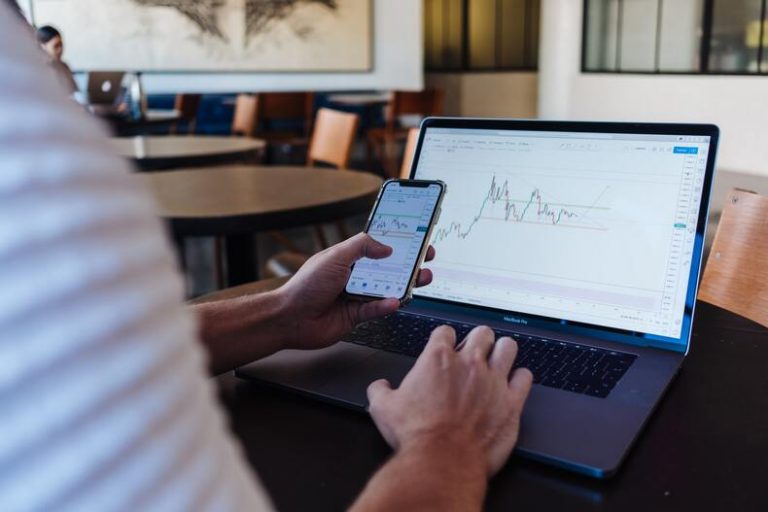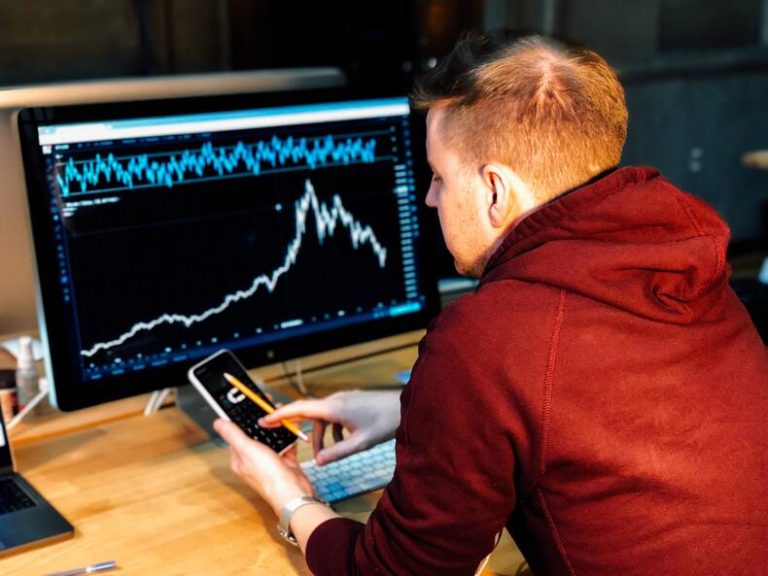The 5 Best Ways to Go Deeper on Your Forex Trading Strategy
A trading strategy is vital in Forex because it helps traders make informed decisions about when to enter and exit trades. A good trading strategy should consider various factors, including the trader’s risk tolerance, market conditions, and the trader’s goals. A trading strategy can help traders stay disciplined and avoid making emotional or impulsive trades. It can also help traders manage their risk by setting clear guidelines for when to enter and exit trades and how much to invest in each trade.
Developing a trading strategy can be a complex process. It may involve backtesting, the practice of testing a strategy on historical data to see how it would have performed in the past. It’s important to remember that past performance is not necessarily indicative of future results, and traders should be prepared for possible losses when implementing a trading strategy.
Define your objectives and trading style
Before embarking on any journey, you must determine your destination and how you will reach there. As a result, it is critical to establish specific goals and then confirm that your trading approach is capable of achieving these goals. Each trading style has a unique risk profile that necessitates a particular attitude and approach to trade successfully. For example, if you can’t sleep with an open position on the market, you could explore day trading. Some people get acquainted with the Telegram to MT4 copier to receive relevant signals and create strategies even at night when awake. Just make sure your personality matches the type of trading you do. Stress and some losses will result from a personality mismatch.
A Reliable Methodology
Before entering any market as a trader, you must decide how to execute your trades. You must comprehend the information you require to decide whether to enter or exit a transaction. Some traders examine the economy’s underlying fundamentals and charts to decide the optimal time to execute the trade. Others rely solely on technical analysis. Whatever methodology you use, be sure it is consistent and adaptable. Your system should be able to adapt to shifting market circumstances.
Determine Your Expectancy
The expectation formula is used to determine how dependable your system is. You should go back in time and measure all your winning against losing deals, then calculate how profitable your winning trades were versus how much your losing trades lost. Examine your latest ten trades. If you haven’t made any actual trades, go back to your chart and find where your system said you should enter and exit a trade. Determine whether or whether you would have made a profit or a loss. Make a note of these findings. Although there are several methods for calculating the percentage profit earned to assess a successful trading strategy, there is no assurance that you will make that amount every day you trade because market conditions might change.
Risk
Before you start trading, decide how much risk you’re willing to take on each deal and how much money you can actually make. A risk-reward ratio assists traders in determining whether they have a possibility to benefit in the long run. If the potential loss per trade is $200 and the potential profit is $600, the risk-reward ratio is 1:2.
Stop-Loss orders
Stop-loss orders which exit the position at a predetermined exchange rate can limit risk. They are an essential forex risk management strategy since they allow traders to limit their risk per trade and avoid severe losses. For example, imagine the trader had a total stop-loss order for each transaction, which meant they were willing to risk losing $1,200 every trade while still making $600 per winning deal. A single loss could wipe out two winning trades. If the trader suffered a string of losses as a result of being stopped out by adverse market movements, a significantly higher and unrealistic winning % would be required to compensate for the losses.
Conduct Weekend Analysis
When the markets are closed for the weekend, review weekly charts for trends or news that may affect your transaction and conduct analysis. A pattern is forming a double top, and pundits and news outlets are predicting a market reversal. This is a type of reflexivity in which the pattern prompts pundits, who then reinforce the pattern. You will create the greatest plans under the cool light of objectivity.
Maintain track of records
A printed track record is an excellent learning aid. Print a chart and write down all the reasons for the transaction, including the fundamentals that influence your judgments. You can mark your entry and exit positions on the chart. Make any pertinent remarks on the chart, including emotional motivations for action.
- Did you become scared?
- Were you overly greedy?
- Were you stressed out?
Only by objectifying your trades will you be able to build the mental control and discipline to execute according to your system rather than your habits or emotions.

